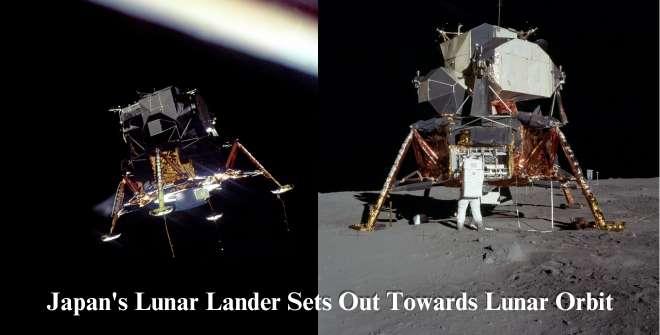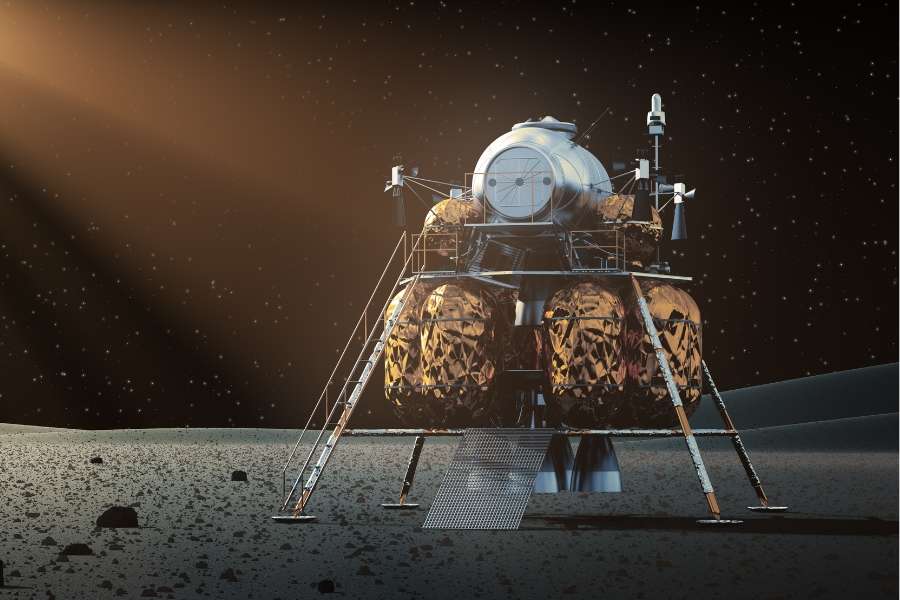TOKYO: Japan’s SLIM space project entered lunar orbit on Monday, taking a significant step towards the country’s first successful lunar landing, which will occur next month.
As Japan’s Lunar Lander Sets Out Towards Lunar Orbit, embark on an exciting lunar journey. Get the most recent information and developments about this amazing mission.
The Moon Sniper, also known as the Smart Lander for Investigating Moon (SLIM), gets its name from the fact that it is intended to land on the lunar surface within 100 meters (328 feet) of a specified target.
After the United States, Russia, China, and India, Japan would become the fifth nation to have successfully landed a spacecraft on the Moon if the landing was successful.
The Japan Aerospace Exploration Agency (JAXA) said in a statement posted Monday evening that SLIM “successfully entered the moon’s orbit at 04:51 pm Japan time” (0751 GMT) on Monday.
“Its trajectory shift was achieved as originally planned, and there is nothing out of the ordinary about the probe’s conditions,” according to the agency.
Japan launches SLIM, a “moon sniper” lunar lander, into space
According to JAXA, the lander will begin its journey toward the moon on January 20 at approximately midnight Japan time, and it will land on the moon’s surface 20 minutes later.
After three weather-related delays, the H-IIA rocket carrying the lander launched in September from the southern island of Tanegashima.

According to JAXA, this month’s mission would involve a Moon landing with “unprecedentedly high precision.”
A spherical probe that was created in collaboration with a toy business is attached to the lander.
It is around the size of a tennis ball and can alter shape to glide across the lunar surface.
SLIM’s reported margin of error of under 100 meters shows a degree of accuracy formerly considered unattainable, thanks to the conclusion of a 20-year work by researchers, according to JAXA.
This month, Shinichiro Sakai, the administrator of JAXA’s Thin project, informed columnists that as innovation advances, requests are growing to identify objects like rocks and cavities on the moon’s surface.
“Gone are the days while simply investigating ‘someplace on the moon’ was wanted,” stated the politician.
According to Sakai, there is also a great deal of confidence that Thin’s accuracy will facilitate the examination of lunar permafrost and bring scientists one step closer to discovering the moon’s water resources.
Two bombings, one public and one private, have been carried out by Japanese missions.
Last year, Japan attempted but failed to send a lunar probe dubbed Omotenashi as part of the United States’ Artemis 1 mission.
In April, the Japanese startup space failed in its attempt to become the first private corporation to land on the Moon, losing contact with its ship following what it characterized as a “hard landing.”
See this blog also 52% Expect Robots to Replace Humans in 3 Decades



